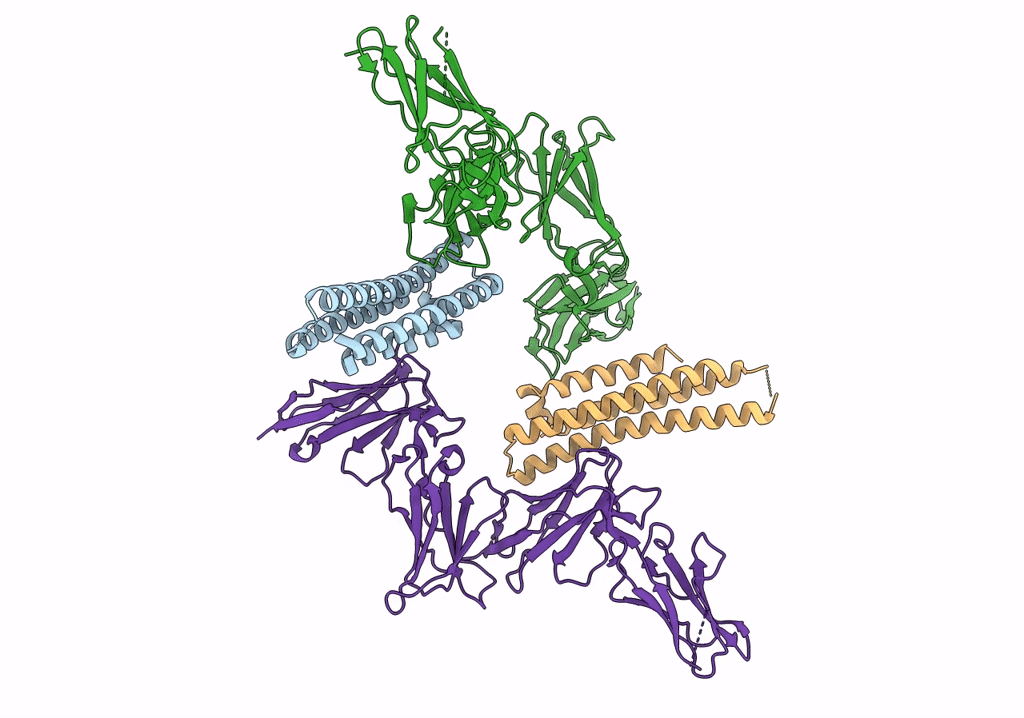
Deposition Date
2022-09-02
Release Date
2023-07-05
Last Version Date
2024-10-30
Method Details:
Experimental Method:
Resolution:
3.00 Å
Aggregation State:
PARTICLE
Reconstruction Method:
SINGLE PARTICLE


